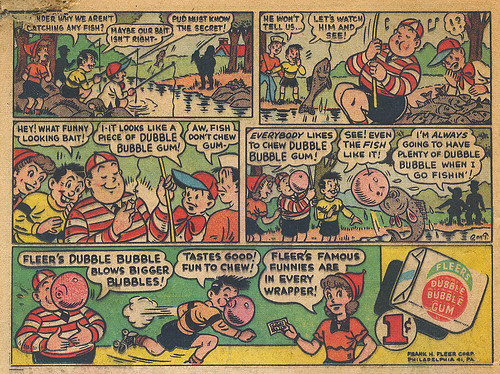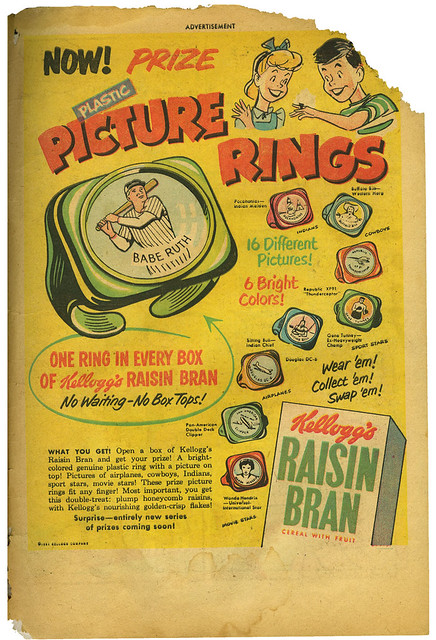Most likely 64 years ago tonight there was a PTA party in the county of Marin, California. I provide you with the handmade invitation from Montez Lawton's scrapbook.
So why can I narrow this down to 1951? The give away are the first few lines on the inside of the card:
"Come on to our school, our school,This is a word play on the Rosemary Clooney 1951 hit "Come On-a My House." Too many people will have no idea who Rosemary Clooney was, unless they just think of her as George's aunt. And even fewer people will know the people are who are referred to in the information below from Wikipedia:
We geeve you—dinner!"
"Come on-a My House" is a song performed by Rosemary Clooney on her album Come On-A My House, released on June 6, 1951. The song was written by Ross Bagdasarian and his cousin, the Armenian American Pulitzer Prize winning author William Saroyan, in the summer of 1939, while driving across New Mexico. The melody is based on an Armenian folk song.So take a minute and imagine the PTA party back in '51. I'm betting there were a lot of crepe paper decorations.
It was not performed until the 1950, off-Broadway production of The Son. The song did not become a hit until the release of Clooney's recording.
It was probably Saroyan's only effort at popular songwriting, and it was one of Bagdasarian's few well-known works that was not connected to his best-known creation, Alvin and the Chipmunks. Bagdasarian, as David Seville, went on to much fame with his Chipmunks recordings.
…the song touches upon traditional Armenian customs of inviting over relatives and friends and providing them with a generously overflowing table of fruits, nuts, seeds, and other foods. (SOURCE: Wikipedia)


And the Rosemary Clooney record playing.
























